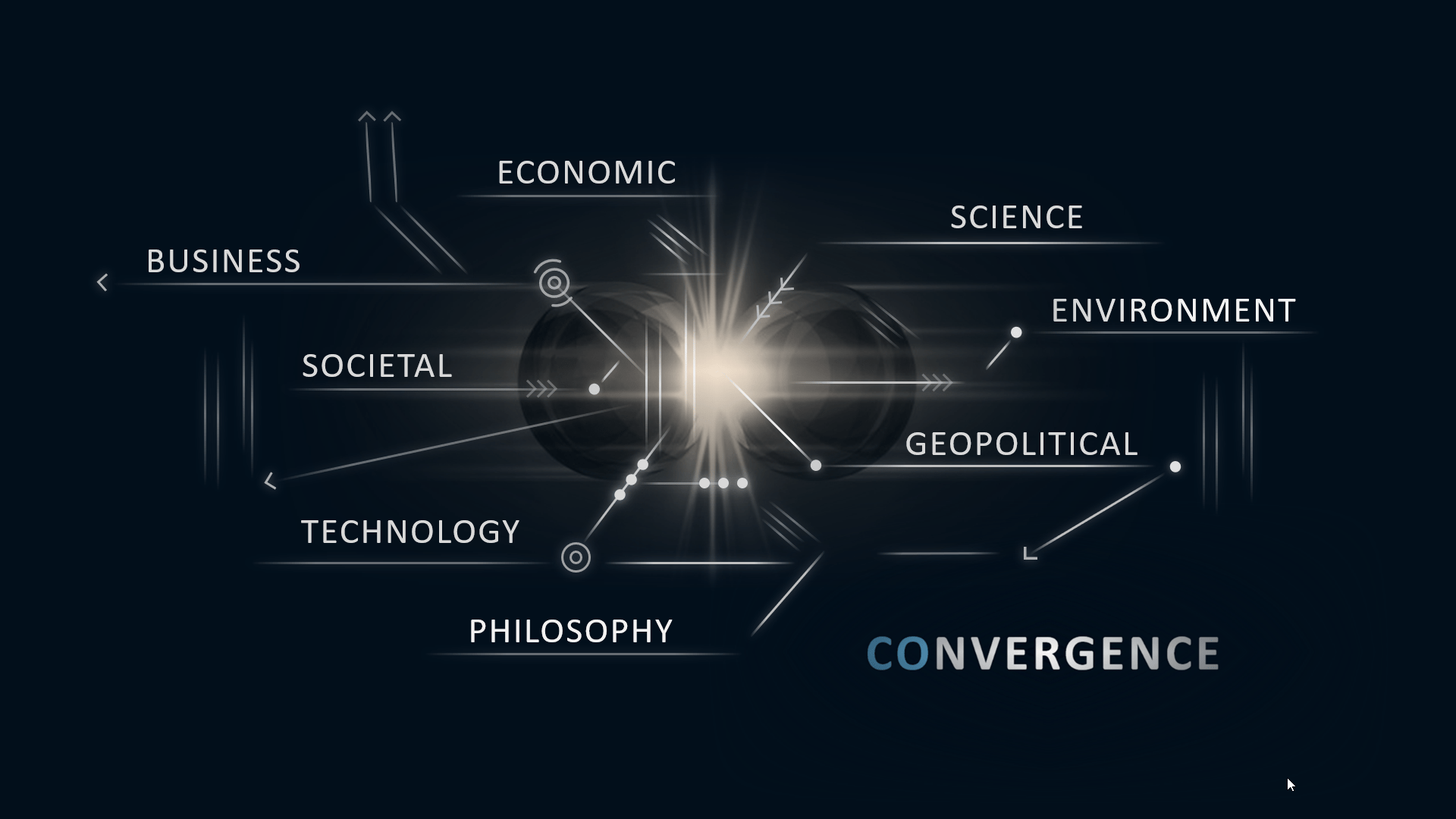I had the pleasure of participating in the Milken Institute Health Summit earlier this week. A truly inspiring two days at one of the best run conferences I’ve attended. Great discussions with Pepsi CEO Indra Nooyi, Senators Corey Booker and Ben Sasse, and World Bank Group President Jim Yong Kim. The details and a video of the panel discussion I participated in are included below.
ABSTRACT
One of the most important public health findings in the last two decades is that medical care is far from the only factor in how long people live and the quality of their health. A key step to improving health outcomes for older adults–and reducing the costs to the health-care system–is to better integrate health-care and supportive services with housing and transportation at local levels. This session explores effective methods and solutions that can drive change and result in healthier aging on a vast scale. How can we encourage more communities across the country to make the needs of their older residents a priority as they plan for the future? How do we improve the critical connections between housing, health care, technology, transportation, and urban planning?
MODERATOR: Anand Parekh, Chief Medical Advisor, Bipartisan Policy Center
SPEAKERS
Catherine Anderson, Senior Vice President, Policy and Strategy, United Healthcare Community and State
Frank Diana, Principal, Tata Consultancy Services
Omar Nagji, Lead, Health Partnerships, Lyft
Allison Silberberg, Mayor, Alexandria, Virginia
Pattie Dale Tye, Segment Vice President, Bold Goal, Humana
View the full panel discussion Here.




 but the sheer number of
but the sheer number of 